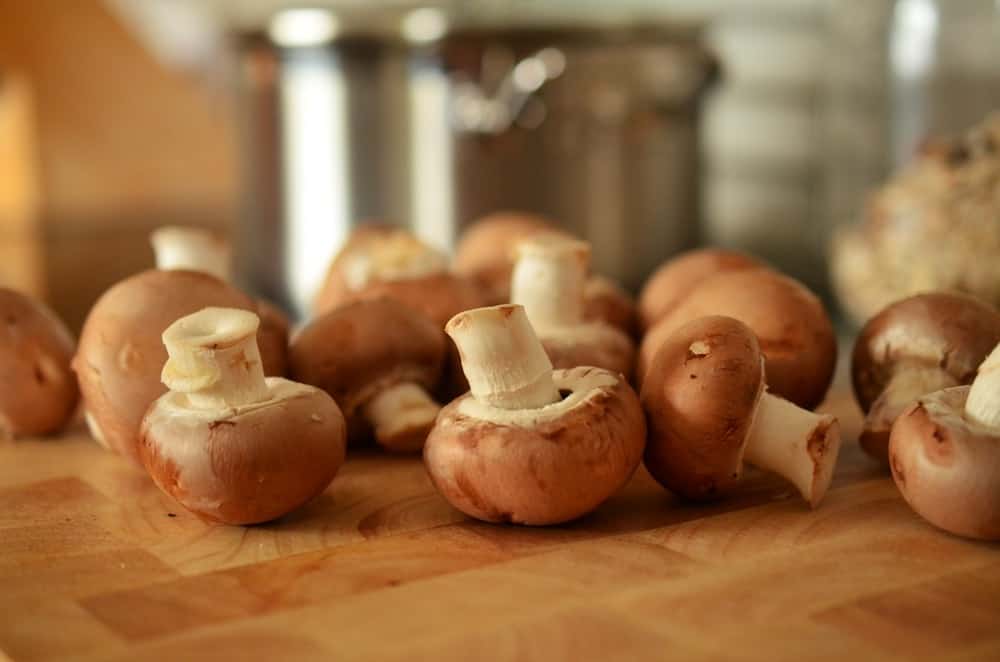
As an increasing number of people in the U.S. look to supplement their diet with mushrooms, the country is facing an unprecedented shortage in the supply of mushrooms, with the increase in supply notwithstanding this year. According to the Redwood Shores, CA-based Mushroom Council, domestic growers harvested one billion pounds of mushrooms in 2016, which has increased from 861.8 million pounds in 2010. Mushrooms imports are also increasing steadily, mostly sourced from neighbors Canada and Mexico.
“The consumer market is embracing fresh mushrooms more than it had in the past and is becoming a new household staple,” said Lori Harrison, the Communications Manager at the American Mushroom Institute. “There have been some initiatives in the U.S. to encourage consumers to use mushroom in their diet in ways like blending, which is about using mushrooms with meat, to make meatballs or hamburgers.”
Yet as the demand burgeons, the mushroom market is struggling to keep pace with it this year. One of the challenges that hinder mushroom growers from steeply increasing supply is to do with the infrastructural costs that it entails. “Mushrooms are grown indoors in climate controlled houses. Expansion takes a significant capital expense for new buildings – but to offset that, farmers are modifying their production methods to help increase their yield per square foot, said Harrison.
Harrison attributed the severe and long winter this year to be one of the primary reasons for the mushroom supply crunch. Though grown indoors, mushrooms need a growing medium much of which is a substrate made of straw, hay and coconut shells. The straw and hay are sourced from horse farms, from where the stems that are discarded are taken out and reused as compost for mushrooms.
The drawn-out winter this year affected the Chester County in Pennsylvania, nicknamed the Mushroom Capital of the World and home to 60% of the mushroom production in the country. Kennett Square, a borough in the county produces over million pounds of mushroom a day on average. But this year, as the hay and straw market tightened over the last few months due to the extended cold, things have been different. The hay shortage put livestock farmers in a spot with the rising hay prices, which skyrocketed to triple its usual value. This had a detrimental effect on mushroom cultivation as there simply was no hay available to create a compost for growing the crop.
“Another issue that affects mushroom farming is the labor shortage. Mushroom growing in the U.S. is highly labor intensive. The harvest takes place 365 days a year, and every mushroom is harvested by hand,” said Harrison. “A lot of agriculture segments are facing a labor shortage, and the mushroom industry certainly falls into that category. This is also another reason why farmers are hesitant to expand or invest in new equipment – because there is a lot of uncertainty in the availability of workforce.” To retain labor, farmers are resorting to different measures by enticing workers with flexible hours and by providing various benefits.
Harrison felt that the condition will improve over the next few months, as summer is setting in and the supply would be back to normal. Last year, mushroom sales accounted for $1.2 billion in annual revenue, increasing by 4.2% from 2016. As with the intent of increasing supply, it is equally important to make sure that the mushrooms produced go through the supply chain and stays fresh enough till the time a consumer picks it up at the store. As mushrooms are perishable and highly sensitive to temperature differences, it is critical to improvise on the storage and pack it in containers that extend shelf life.
Innovation in cold supply chains and storage processes designed for longevity would help solve this problem and ensure that the mushroom produce goes from farm-to-fork, without perishing along the way.
Stay up-to-date with the latest commentary and insights on FreightTech and the impact to the markets by subscribing.










